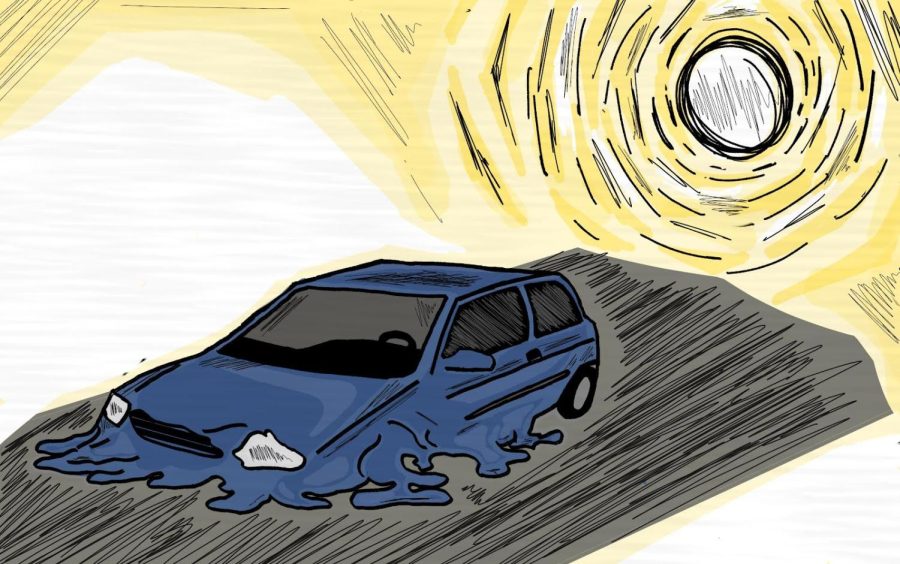Dangerous heat wave whips through Texas and Southern U.S.
June 25, 2023
The long days of summer are upon us and Texas’ signature climate of subtropical humidity is in full swing. A historic heat wave has splashed its might over the Lone Star State, causing temperatures to rise to the triple digits. As a result, the National Weather Service (NWS) has issued heat advisories and excessive heat warnings across Southern states including Louisiana, Florida and Texas. The heat wave is set to last more than a week, bringing dangerous temperatures to an already hot state. According to the NWS, portions of the state are expected to reach temperatures upwards of 120 degrees before the end of the month. With the rise in temperatures, the Texas power grid is expected to see record levels of power usage as Texans try to cool their homes.
The Electricity Reliability Council of Texas (ERCOT) provides service to more than 26 million customers, covering about 75% of the state. Texas Governor Greg Abbott met with ERCOT officials to discuss the strength of the grid. During this meeting, ERCOT officials assured Governor Abbott that the grid is more than capable of handling the increased demand. Nonetheless, many Texans remain skeptical of the grid’s integrity following the events of the February 2021 winter storm, which left millions of residents without power in frigid temperatures.
This year’s excessive heat wave has provided the heat and humidity that produce severe thunderstorms, spawning intense storms all across the South. Last week, North Texas and Oklahoma saw hail the size of softballs followed by a deadly EF3 tornado that hit the small panhandle town of Perryton, Texas, killing three people in the process. Just like the thunderstorms where they spawn, tornados feed off the warm air giving the storm the energy it needs. As a result, extreme weather is not out of the schedule just yet. With this blistering heat wave, the Gulf of Mexico will most likely rise in temperature giving more than favorable conditions for hurricanes to form.
To keep up to date with the weather or any other advisories you can visit the NWS website for accurate and current information. ERCOT also provides a text messaging service where you can sign up for constant updates on the grid’s condition.













